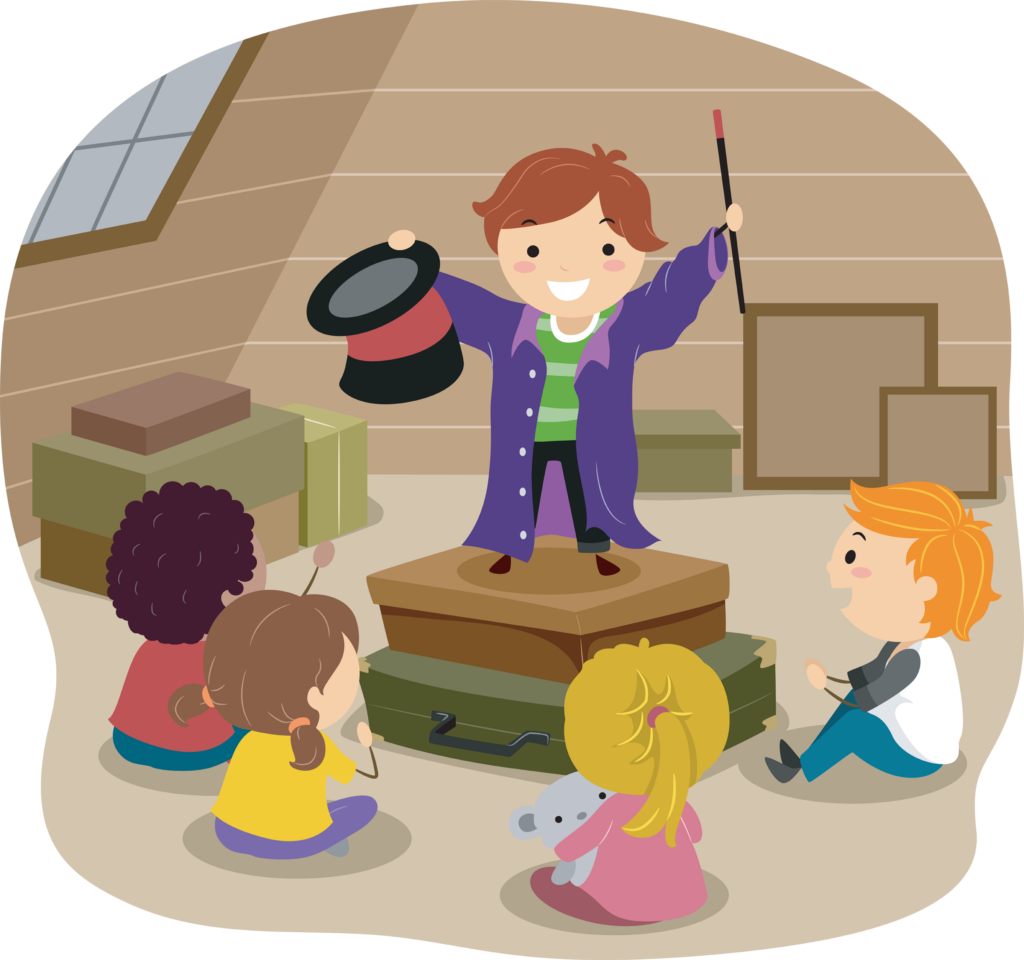
Whether you’re an educator working in a traditional classroom or a parent homeschooling your children, orchestrating a talent show or class performance can present both exciting opportunities and unique challenges. These events provide a vital platform for students to express their creativity, develop confidence, and demonstrate skills in an engaging, interactive format. Moreover, they serve as powerful tools for community building and fostering a deeper sense of camaraderie amongst students and parents alike.
However, the logistics of organizing such events can often feel overwhelming, especially when juggling other daily responsibilities and duties. It can seem like an arduous journey from concept to curtain rise, filled with countless decisions to make and tasks to complete. The intention of this article is to transform this seemingly Herculean task into a manageable, enjoyable process.

Whether you’re a seasoned pro or a first-time planner, this comprehensive guide aims to equip you with the tools and knowledge to successfully orchestrate a memorable talent show or class performance. By breaking down the process into manageable parts and offering practical tips, we aim to illuminate the path from concept to applause-filled conclusion. Let’s dive in and begin the journey of organizing a successful event.
Tips for Creating Spectacular Talent Shows & Class Performances
Creating a Planning Committee

As the saying goes, “many hands make light work.” This phrase holds when planning a talent show or class performance. Educators and parents might find it useful to assemble a planning committee. This group could consist of other educators, parents, and even some responsible students.
Venue and Equipment

After establishing the type of event and the planning committee, the next step is securing a venue and the necessary equipment. For traditional classrooms, the school’s auditorium or gymnasium could serve as the perfect venue. For homeschooling parents, a large living room, backyard, or local community center could be ideal.
Ensure there is a working sound system, enough chairs, and a stage or raised platform. The type of talent or performance will dictate the other required equipment. For instance, if it’s a music show, microphones and speakers might be necessary, while a dance performance may need a smooth stage and appropriate lighting.
Promoting Participation

It’s essential to ensure everyone gets an opportunity to shine. Encourage all students to participate by taking into account diverse talents and skills. Whether it’s singing, dancing, acting, or magic tricks, the more varied the performances, the more engaging the show.
Scheduling and Rehearsals

To ensure the event runs smoothly, establish a performance schedule. Give each act a specific time limit, and allow for transitions between acts. This structure prevents the event from becoming too long or chaotic.
Rehearsals are also an important part of the process. For educators, it’s advised to schedule rehearsal time during the school day. For homeschooling parents, it’s best to set aside specific times during the week for practice.
Day of the Event

On the day of the show, ensure all performers know the order of events and where they should be before their performance. Having a dedicated area for performers to prepare can help maintain order.
Post-Event Celebrations

Lastly, consider hosting a post-event celebration. It’s a great way to wind down after the excitement of the show and offers an opportunity for performers to receive feedback and praise.
Organizing a talent show or class performance requires time, energy, and a solid plan. However, the joy and satisfaction that come from seeing students express their talents and skills make it all worthwhile. Whether you’re an educator in a traditional classroom or a homeschooling parent, these tips should set you on the path to a successful event.





